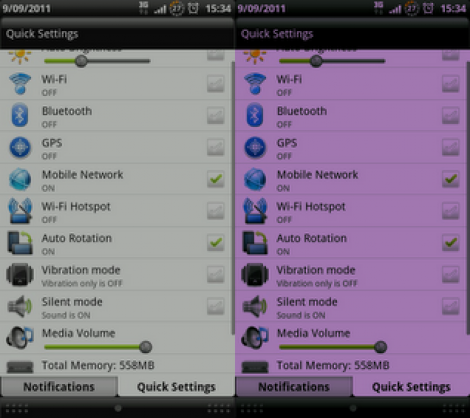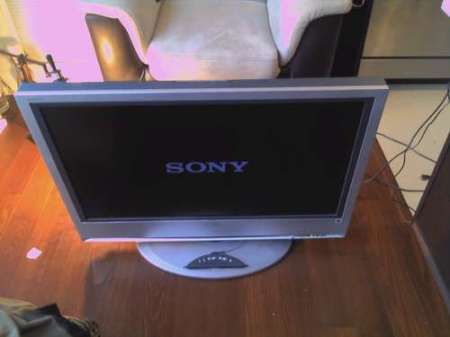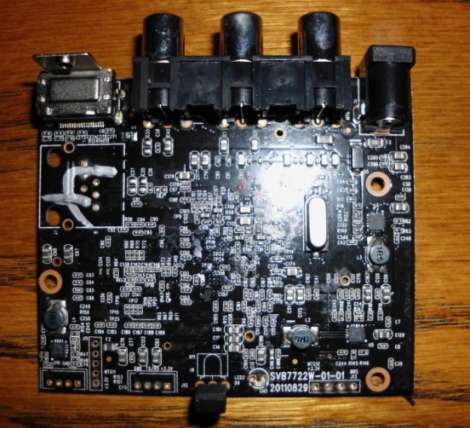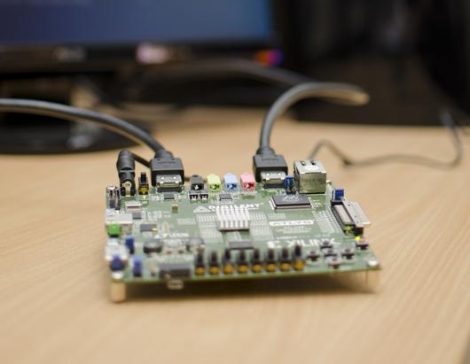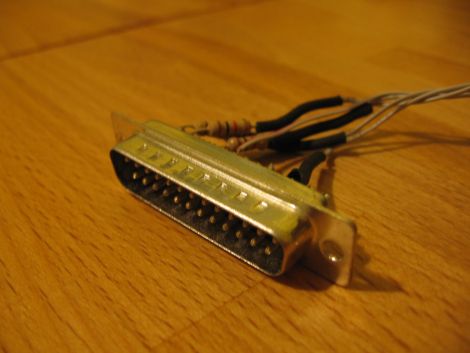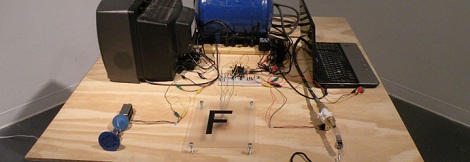
[Milton] sent in a build that censors every ‘F’ word on TV, and not just the one that rhymes with ‘duck,’ either. His setup sounds the alarm every time someone inside the moving picture box says a word that contains the letter F.
The build is based around Nootropic Design’s Video Experimenter Shield. This neat little shield has been used as a video sampler and has analyzed what the talking heads are actually saying. The Video Experimenter Shield has support for closed captions, meaning a transcript from a TV show can be read in real-time. All [Milton] had to do so the ‘F word’ alarm could be sounded was strchr().
The F-Chip, as [Milton] calls his build, includes three outputs – a solenoid sounds a bicycle horn, sends some air through a whistle, and lights up an ‘F-word’ alarm. From the video of the F-Chip in action (available after the break), we can tell that this build is awesome, thoughtful, and annoying. The only way it could be made more annoying is by making an ‘E-word’ alarm, but there are ways around that.

